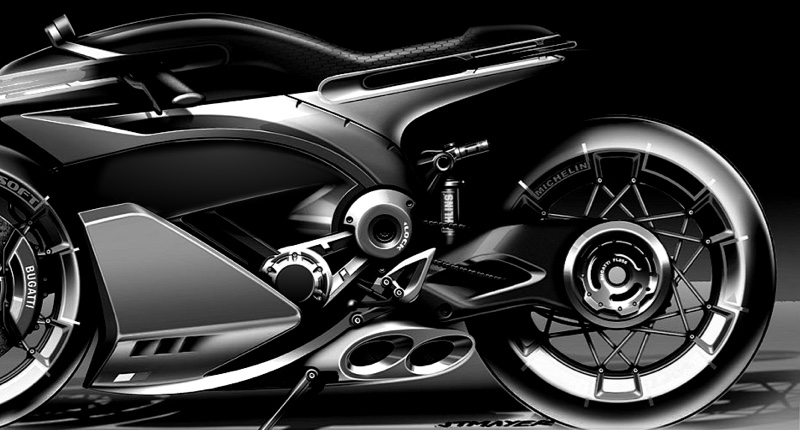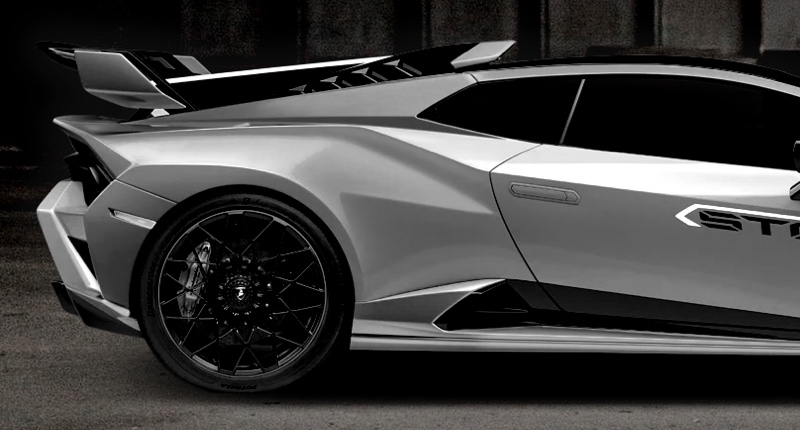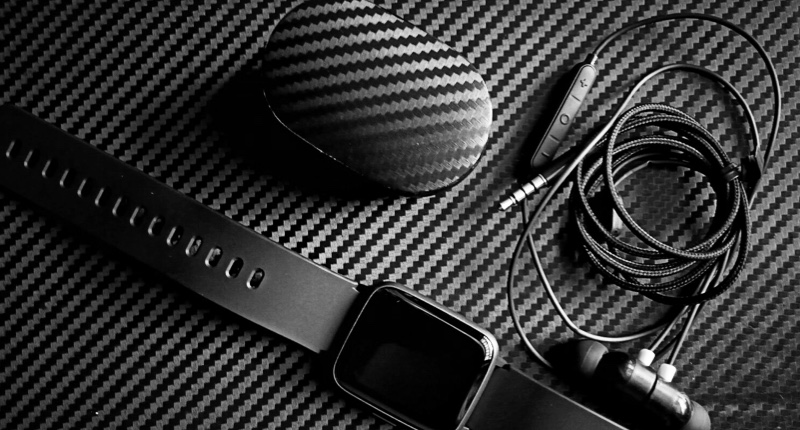how strong carbon fiber | Supreem Carbon Expert Guide
Understanding Carbon Fiber Strength: A Procurement Professional's Guide
What Exactly Makes Carbon Fiber So Strong?
Carbon fiber's exceptional strength originates from its unique atomic structure and manufacturing process. It consists of extremely thin strands, roughly 5-10 micrometers in diameter, composed primarily of carbon atoms bonded together in a crystalline structure, aligned parallel to the fiber's long axis. This alignment creates a highly ordered, strong bond along the fiber's length. The strength is further amplified when these fibers are woven into fabric and then embedded within a polymer matrix, typically epoxy resin. This matrix binds the fibers together, protects them, and efficiently transfers loads between them. The resulting composite material exhibits high tensile strength and stiffness, meaning it can withstand significant pulling forces and resists deformation.How Does Carbon Fiber's Strength Compare to Other Materials Like Steel or Aluminum?
Carbon fiber composites offer a superior strength-to-weight ratio compared to traditional materials like steel and aluminum. While high-strength steel might have a higher tensile strength by weight, carbon fiber's specific strength (strength per unit of density) and specific stiffness are significantly higher. For example, high-grade carbon fiber composites can achieve tensile strengths of over 3,000 MPa, with some aerospace grades exceeding 7,000 MPa. In contrast, common structural steel has a tensile strength of around 400-550 MPa, and aluminum alloys around 200-500 MPa. This allows carbon fiber parts to be significantly lighter while maintaining or even surpassing the structural integrity of their metal counterparts. This advantage is crucial in industries like aerospace and automotive, where weight reduction directly translates to fuel efficiency and performance.What Types of Forces Can Carbon Fiber Withstand, and What Are Its Limitations?
Carbon fiber excels under tensile loads, meaning it is very strong when pulled. It also performs well under compressive and flexural (bending) loads when properly designed and manufactured. Its primary limitation lies in its brittleness and susceptibility to impact damage. Unlike metals, which deform plastically before failing, carbon fiber tends to fail catastrophically and without significant warning when its strength limit is reached. It also has anisotropic properties, meaning its strength and stiffness vary depending on the direction of the applied force relative to the fiber orientation. Poor through-thickness strength and susceptibility to delamination (separation of layers) under out-of-plane forces or localized impacts are common challenges that must be addressed through careful design, resin selection, and manufacturing quality control.How Does the Manufacturing Process Affect Carbon Fiber's Strength?
The manufacturing process critically dictates the final strength and performance of carbon fiber parts. Key factors include:- Fiber Type and Grade: Different carbon fiber grades (e.g., high strength, high modulus) are selected based on specific application requirements.
- Weave Pattern and Layup: The orientation of fibers (e.g., unidirectional, twill, plain weave) and the sequence and angle of stacked plies significantly affect the part's anisotropic properties and overall strength in different directions.
- Resin System: The choice of polymer matrix (e.g., epoxy, vinyl ester) affects the composite's temperature resistance, chemical resistance, and ability to transfer loads between fibers.
- Curing Process: Proper curing (temperature, pressure, time) is essential to achieve full resin polymerization and minimize voids, which can drastically reduce strength. Autoclave curing, for instance, typically yields superior quality parts with lower void content.
- Quality Control: Detecting manufacturing defects like voids, delamination, and fiber misalignment through non-destructive testing (NDT) is crucial to ensure structural integrity.
What Should I Consider Regarding Strength When Procuring Carbon Fiber Parts?
When procuring carbon fiber parts, a thorough understanding of your application's specific requirements is paramount. Consider the following:- Define Load Cases: Clearly specify the types of loads (tensile, compressive, bending, shear, impact) and their magnitudes the part will experience in service.
- Material Specifications: Request detailed material data sheets from suppliers, including fiber type, resin system, fiber volume fraction, and the designed layup schedule.
- Manufacturing Process: Inquire about the manufacturer's production process (e.g., prepreg layup, vacuum infusion, filament winding, autoclave curing) and their quality control measures (e.g., NDT capabilities).
- Performance Testing: Ask for evidence of mechanical testing data (e.g., tensile strength, flexural strength, interlaminar shear strength) relevant to your application.
- Supplier Expertise and Certification: Partner with suppliers who have proven expertise in carbon fiber composite manufacturing and hold relevant industry certifications (e.g., AS9100 for aerospace, IATF 16949 for automotive), indicating adherence to high-quality standards.
- Post-Processing and Assembly: Consider how the part will be finished, machined, and joined to other components, as these steps can also impact final strength and integrity.

Unveiling Carbon Fiber: 10 Surprising Truths and How It's Shaping Our Future

Kawasaki ZX10R 2020+ Full sets carbon fiber products finished testing!

CFRP vs Pre-Preg Carbon Fiber: What’s the Difference and Which Is Better for Your Project?

Supreem Carbon New arrivals alert!

Supreem Carbon Auto parts new arrivals!

The Application of Carbon Fiber in Daily Household Products
For Products
Which carbon fiber material you can provide in production?
1*1 plain /2*2 twill / forged carbon / honeycomb / kevlar and so on.
Supreem Carbon parts produce by 100% carbon?
Yes,all products are made from full carbon with dry carbon.
For After-sales Service
What can I do if the carbon fiber products arrived is broken?
Please give us feedback as soon as possible and we will send new one to you.
For Facotry
How many monthly production capacity of the factory?
The average monthly production capacity reach 3000 pieces. With the equipment upgrade, it will be increased over 4000 pieces per month.
For Customized Service
What custom customer need to prepare?
1. Send Your Design/Idea/3D drawing.
2. Supplier Quotation Confirmation.
3. Firts Sample Feedback.

Ducati Panigale V4 Carbon Fiber Side Fairings

Chevrolet Corvette C8 Carbon Fiber Paddle Shifters

Kawasaki H2/H2R Carbon Fiber Tail Center Fairing

Kawasaki Z650 Carbon Fiber Tank Side Panels
Let’s Bring Your Carbon Fiber Ideas to Life
Have a question or inquiry about our carbon fiber composite products? Leave us a message here, and our team will get back to you promptly.
Whether you're interested in custom orders, technical specifications, or partnership opportunities, we're here to assist you.
Please fill out the fields above with your name, email address, and message.
© 2024 Supreem Carbon All Rights Reserved.





Facebook
Pinterest
LinkedIn
Instagram